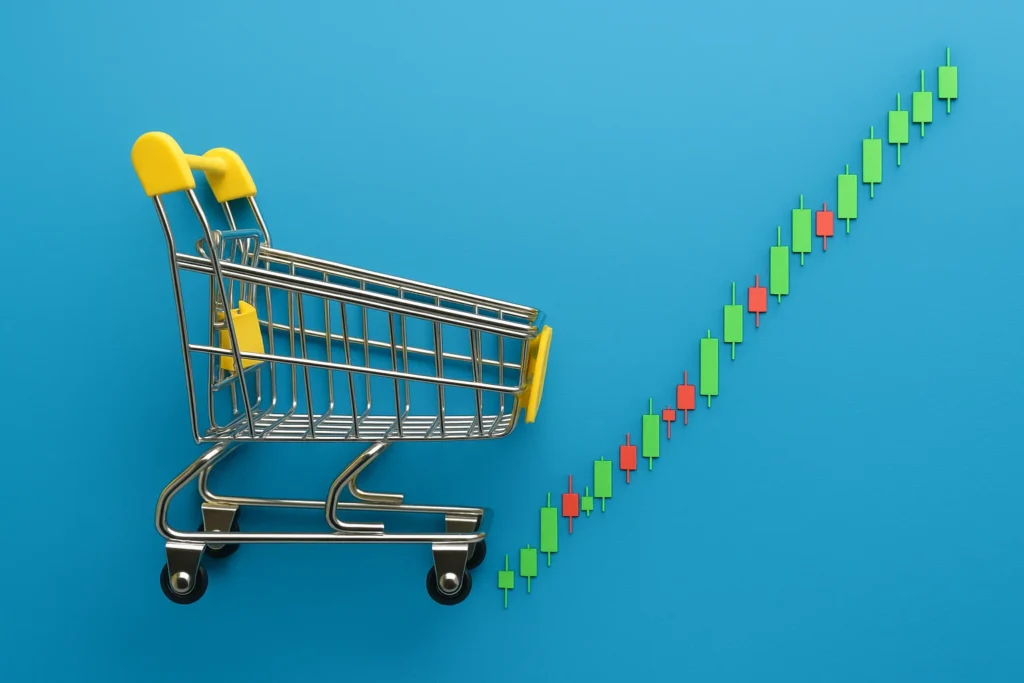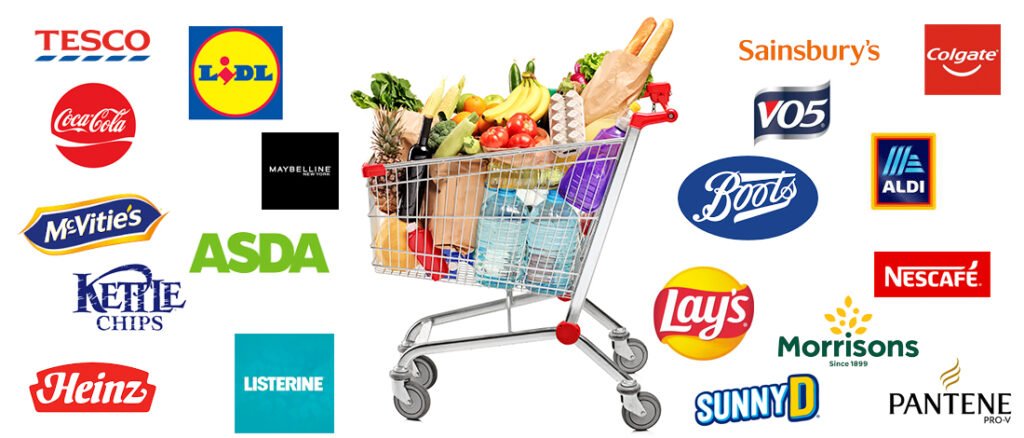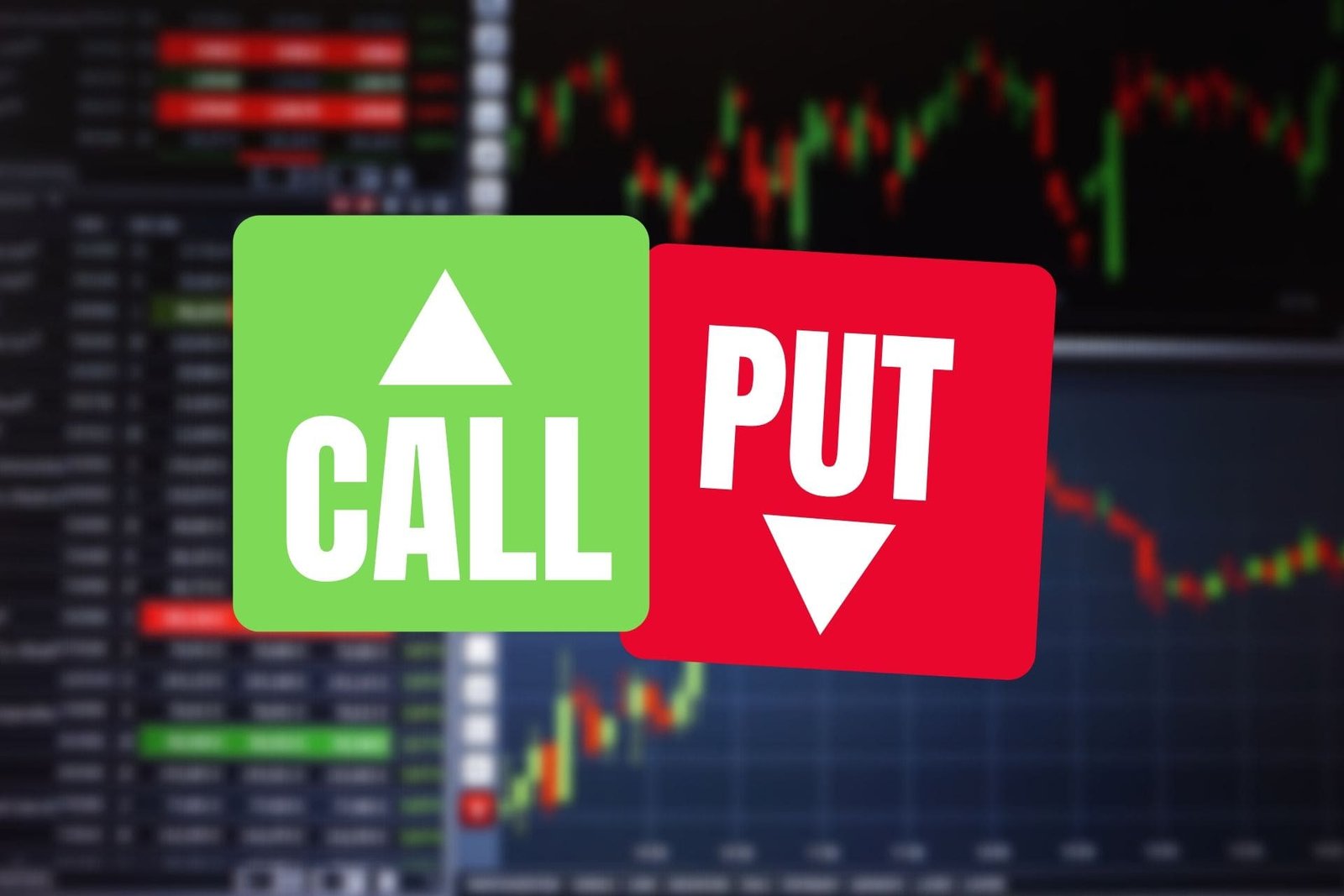Consumer Goods
- by:
- Nick H
Key Points
The consumer goods sector covers everyday products, split into consumer staples and discretionary
The consumer goods sector covers everyday products, split into consumer staples and discretionary
Leading companies include global icons in food, apparel, electronics, and personal care
For adsense add
Advertisement

affiliate add
For adsense add
Mail Sign Up
Get The Latest News & Stock Picks
Stay ahead of the market with expert news, actionable tips, and exclusive stock picks delivered straight to your inbox. Join a community of investors who value real insights and smarter strategies. Sign up now and get the edge you need to invest with confidence.
By submitting your email, you agree to receive updates and promotional content from our team. You can unsubscribe at any time. For more details, please review our Privacy Policy.
For adsense add
For adsense add
The consumer goods sector is the engine behind countless products that shape daily life. From the breakfast cereal you eat in the morning to the phone in your hand and the clothes in your closet, consumer goods are everywhere. This vast sector includes companies that manufacture and sell products people buy regularly for personal or household use. For investors, the consumer goods sector offers a blend of growth, stability, and resilience—especially during economic ups and downs.

Understanding the consumer goods sector’s structure, leading players, market forces, and risks is essential for investors seeking reliable returns and portfolio diversification.
What Is the Consumer Goods Sector?
The consumer goods sector is made up of businesses that produce and market goods for everyday consumption. This sector is typically divided into two main categories: consumer staples and consumer discretionary.
Main Segments of the Consumer Goods Sector
1. Consumer Staples
These are products people buy regularly, regardless of economic conditions. Staples include food, beverages, cleaning products, personal care items, and household essentials. Companies in this space tend to have steady sales and are considered defensive investments.
2. Consumer Discretionary
These are non-essential items people buy when they have extra income, such as apparel, electronics, automobiles, and luxury goods. Demand for these products is more sensitive to the economic cycle, making the segment more volatile but also offering higher growth potential in boom times.
Other Key Subsegments
Food and Beverage: Covers everything from packaged snacks to soft drinks and alcohol.
Personal Care and Household: Includes toiletries, cleaning supplies, and health products.
Apparel and Footwear: Encompasses clothing, shoes, and accessories brands.
Home and Electronics: Includes appliances, gadgets, and entertainment systems.
How Investors Access the Consumer Goods Sector
There are several ways for investors to participate in this sector:
Individual Stocks:
Major consumer goods companies are listed on global exchanges, ranging from multinational conglomerates to niche brands.
Sector ETFs and Mutual Funds:
Funds focused on consumer goods or consumer staples/discretionary offer instant diversification across many companies.
Thematic and ESG Funds:
Some funds focus on trends like sustainable brands, e-commerce, or healthy living, targeting fast-growing niches within the sector.
What Drives the Consumer Goods Sector?
A variety of powerful forces shape the performance and prospects of consumer goods companies:
1. Consumer Confidence and Economic Cycles
When people feel secure about their income and job prospects, they tend to spend more on discretionary goods. During downturns, consumers prioritize essentials, benefiting staple producers.
2. Demographics and Population Growth
An expanding population or a growing middle class increases demand for both staples and discretionary products. Youthful populations drive demand for tech and fashion, while aging populations boost health and wellness products.
3. Brand Power and Marketing
Strong brands with loyal customers can command premium pricing and steady sales, even in crowded markets. Marketing, advertising, and digital engagement are critical for growth.
4. Innovation and Product Development
Consumer goods companies thrive on constant innovation—new flavors, features, packaging, and sustainable materials can set brands apart and capture new demand.
5. Distribution and E-Commerce
The rise of e-commerce and digital platforms is transforming how products reach consumers. Companies with strong online presence and efficient supply chains gain market share.
6. Cost Management and Sourcing
Rising input costs, from raw materials to labor and transportation, can affect margins. Efficient sourcing and operations help companies remain competitive and profitable.
Leading Companies in the Consumer Goods Sector
The sector is home to some of the most recognized global brands and innovative companies, including:
Procter & Gamble (PG): Leader in personal care, cleaning, and health products.
Coca-Cola (KO): Iconic beverage company with a broad global reach.
Nike (NKE): Dominant player in athletic apparel and footwear.
Apple (AAPL): A key player in consumer electronics and lifestyle products.
PepsiCo (PEP): Major force in snacks, beverages, and packaged foods.
Risks and Challenges in Consumer Goods Investing
While consumer goods can be a source of stability, there are several important risks to consider:
1. Changing Consumer Preferences:
Shifts toward health, sustainability, or digital products can disrupt traditional brands and require constant innovation.
2. Economic Downturns:
While staples are resilient, discretionary products often see demand fall in recessions, impacting company revenues.
3. Intense Competition:
The sector is crowded, with many brands vying for consumer loyalty and shelf space.
4. Input Cost Volatility:
Rising prices for ingredients, materials, or shipping can squeeze profit margins if not managed effectively.
5. Regulatory and ESG Pressures:
Food safety, advertising, environmental, and labor regulations can affect costs and business strategies.

Consumer Goods Sector Outlook: Trends and Forecasts
Several powerful trends are reshaping the future of consumer goods:
Sustainable and Ethical Products:
Consumers increasingly demand eco-friendly packaging, sustainable sourcing, and socially responsible brands. Companies investing in these areas are gaining market share.
Personalization and Digital Engagement:
Brands that leverage data to personalize products and marketing enjoy higher loyalty and sales. Digital channels, influencer marketing, and direct-to-consumer models are growing fast.
Global Expansion:
Emerging markets offer significant growth potential for both staples and discretionary products as incomes rise and lifestyles change.
Innovation in Health and Wellness:
Demand for healthy, organic, and functional products is rising, driving growth in food, beverage, and personal care categories.
E-Commerce and Omni-Channel Retail:
A seamless blend of online and in-store experiences is crucial. Leading companies are investing in logistics, tech, and customer service to stay ahead.
How to Evaluate Consumer Goods Stocks
When analyzing companies in this sector, focus on:
Brand Strength and Market Share: Industry leaders with strong brands enjoy pricing power and stable sales.
Innovation Pipeline: Companies investing in product development and adapting to trends outperform over time.
Financial Health and Profit Margins: Consistent revenue, high margins, and strong cash flow signal sector leaders.
Distribution and Digital Presence: Companies excelling in omni-channel sales and e-commerce are poised for growth.
Global Reach and Diversification: Firms with international operations are less exposed to single-market risks.
Conclusion: Consumer Goods as a Core Portfolio Holding
The consumer goods sector remains a cornerstone of daily life and a key component of diversified portfolios. Its mix of stability, resilience, and growth potential appeals to investors seeking both steady returns and opportunities to capture new trends. By understanding the forces shaping this sector, and focusing on market leaders with innovation and adaptability, investors can benefit from the world’s evolving consumption patterns.
For adsense add






